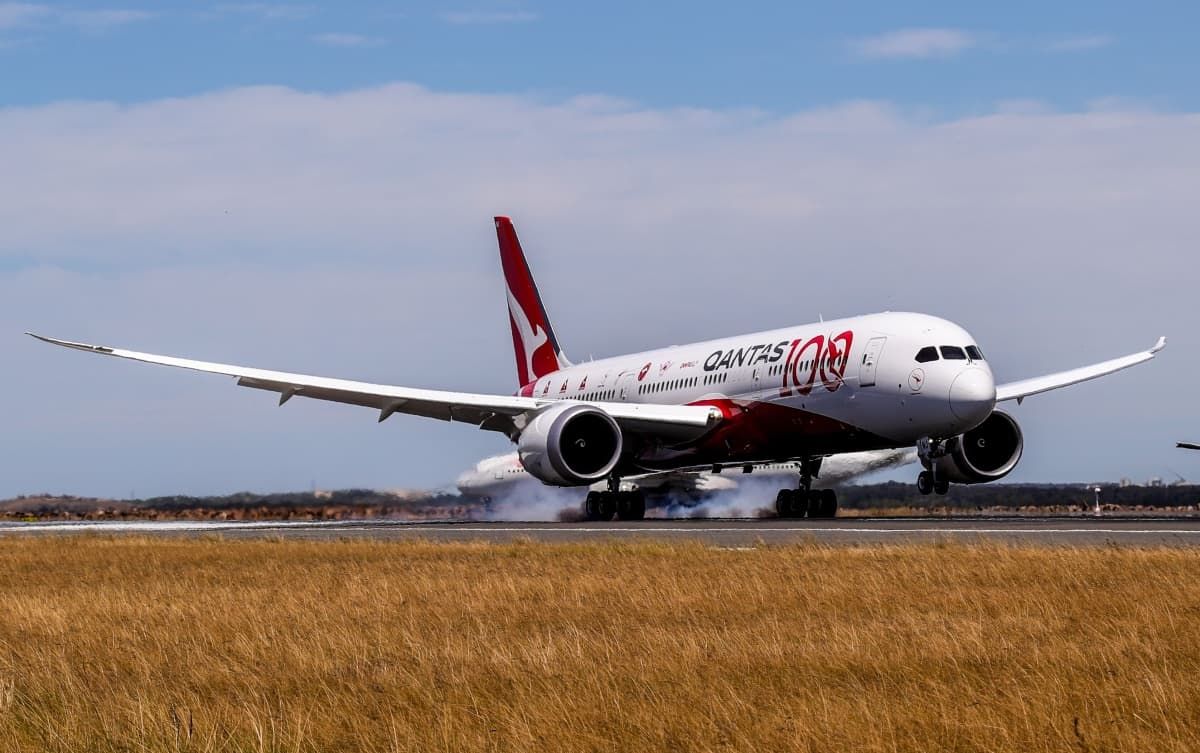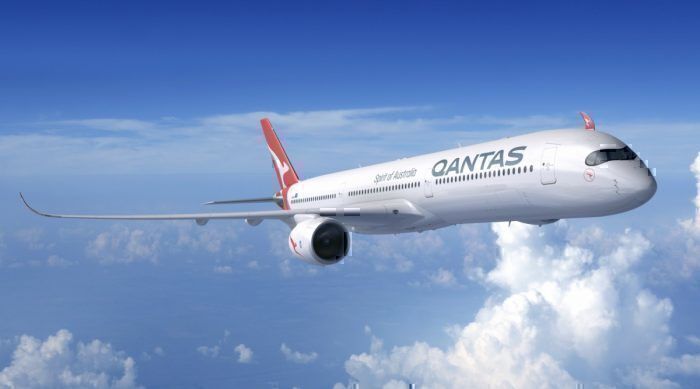Qantas has completed its final Project Sunrise research flight. The 19½ hour flight from New York’s JFK Airport touched down in Sydney this morning, Wednesday 18 December 2019 at 09:30 AEDST.
JFK to SYD in a single leap
The flight was the third in a series of highly publicized ultra long haul “research” flights that many have dismissed as nothing more than slick marketing. The 16,020-kilometre flight took off from JFK at 22:05 on Monday, 16 December 2019. The flight, QF7879, also served as the delivery flight for VH-ZNK, the 11th and final Boeing 787-9 Dreamliner to come to Qantas
It’s a long haul across the Pacific and passengers were given that quintessential Sydney welcome - a convoluted and time-consuming final approach that took the plane right over the airport for a final swing out over the suburbs, the Royal National Park and the ocean before a 180° turn towards the main north-south runway. It just wouldn’t be a real Sydney landing if you came straight in!
The third and final research flight
These research flights have ostensibly been designed to look at the effects of long haul flying on both crew and passengers. On such a long flight, the airline is interested in crew fatigue and optimum work/rest times. The airline is also looking at minimizing the effects of jetlag on passengers, primarily through experimenting with diet, sleep times, and exercise.
The research flights, all operated by Boeing 787-9s have necessarily been lightly loaded. But the flights have attracted criticism for not reflecting true ultra long haul flight conditions.
Passengers have been comfortably seated in business class and the otherwise empty aircraft has given them plenty of room to stretch and exercise - something that isn’t able to happen in a full economy class cabin.
Which is not to understate Qantas’ ambitions here. If Project Sunrise comes into being, the ultra long haul flights will set new global standards in long-distance travel and directly link new corners of the world.
Project Sunrise is not a done deal yet
Just last week, Qantas announced that its preferred aircraft for Project Sunrise was a slightly modified A350-1000. It is looking to order 12 at a cost of around USD$2 billion.
But Project Sunrise isn’t a done deal yet. While Australia’s Civil Aviation Safety Authority (CASA) has given a provisional okay to flights of up to 21 hours, a wage deal with the pilots who will operate the flight is yet to be negotiated.
Qantas wants its Project Sunrise pilots to also fly A330s (which typically fly around the Asia-Pacific area). This would give Qantas more flexibility with scheduling and improved efficiency. The airline is also reported to be seeking to remove night credits (a loading for long haul flights) and to cut overtime pay above 12 hours from double time to time and a half.
Understandably, the union representing Qantas pilots, the Australian and International Pilots Association (AIPA), isn’t too impressed with the prospect of its members losing any benefits.
But Qantas and its CEO have form when it comes to playing hardball with the unions. Just look at Qantas’ current stance towards the unions involved in industrial action at Jetstar (which is 100% owned by Qantas). While the Jetstar CEO may be fronting the cameras, the no-budge strategy is classic Qantas.
So for all the hoopla regarding the Project Sunrise research flights, merited or otherwise, it is no sure thing that Project Sunrise will get off the ground.
Either way, Qantas expects to make a decision in March 2020. As for the pilots, crew, and passengers on today’s marathon flight, they probably just want to go home and get to bed.





